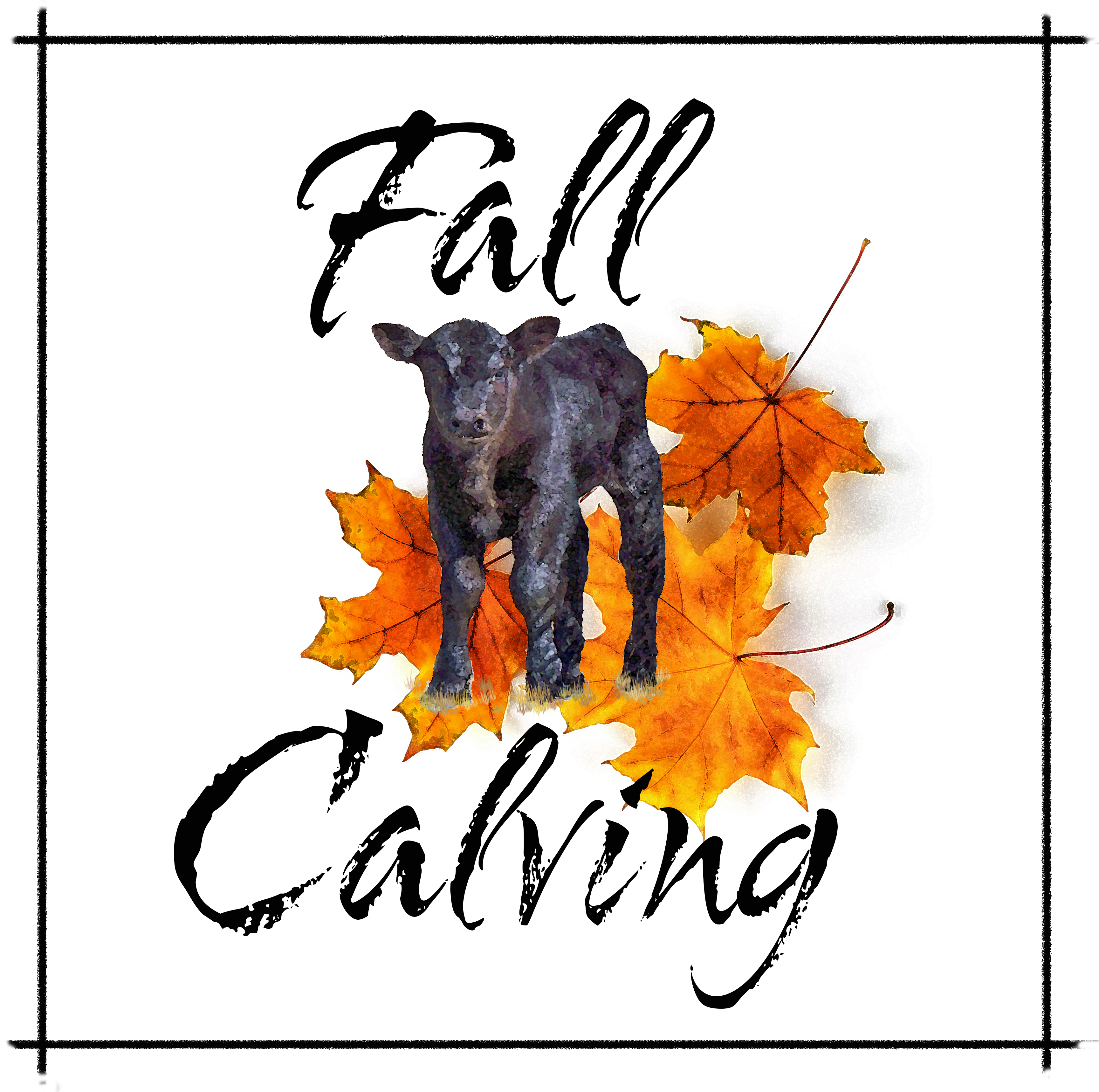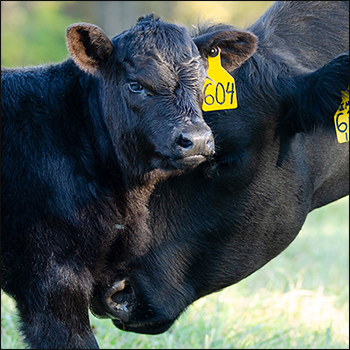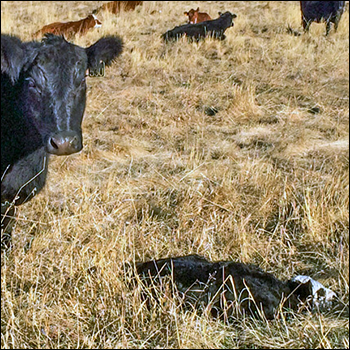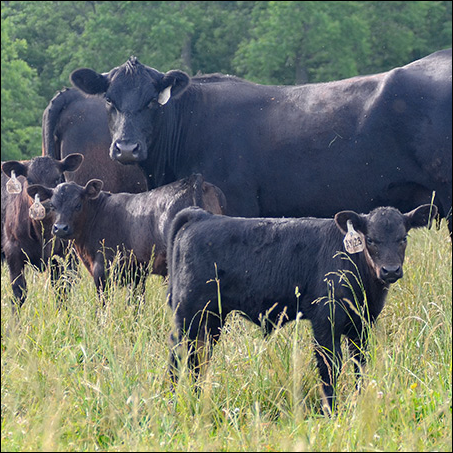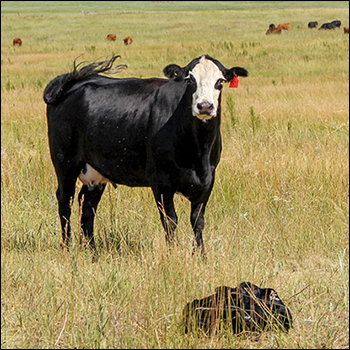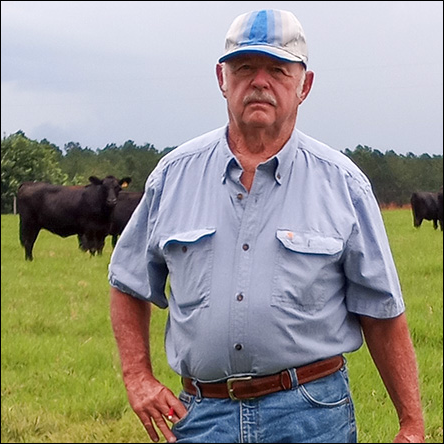
Scrambling for Forage
Many producers are facing drought challenges.
Many regions across the country are suffering from very dry conditions this year, and cattle producers are scrambling to come up with enough forage to sustain their cows through fall and winter.
Janna Block, livestock systems specialist at the Hettinger Research Extension Center with North Dakota State University (NDSU), says ranchers in the Dakotas have been putting up every scrap of hay they can find.
“Some will be using alternative forages that their cattle are not used to eating,” she says. “We’ve had questions from people asking about harvesting cattails for hay. The sloughs have dried up and the cattails might make a bale. We’ve also had questions about flax, canola and small grains being put up for hay instead of harvested. Many below-average wheat crops are being put up for hay.”
Depending on the stage at which a cereal crop is cut, it might make fairly good hay. However, if it is too mature, it will just make straw — with maybe a little grain in it.
For a spring-calving herd, depending on when they will be calving, getting them through this fall and winter could be challenging. It may be difficult to provide a high-quality diet, says Block.
“We’ve heard that 65% of the alfalfa in the U.S. is suffering from drought. Alfalfa may not be available in some areas, and most of what is put up was already tapped for export markets or dairies,” she says. “Beef producers will have to find something else.”
Some of the other feed sources are also in short supply.
“We often talk about limit-feeding when forage is high-priced (feeding a bare minimum of forage and filling in with grains and byproducts), but this year grains and byproduct feeds are following corn prices, and everything is sky-high. There is no cheap feed,” she asserts. “We’re trying to connect ranchers with corn growers in Nebraska or other states that do some residue grazing. Some people are thinking about moving their cows somewhere for the winter. I don’t know whether they would leave them there through spring calving. This presents another set of challenges.”
Some regions have had a little moisture, and people may be able to get through the grazing season and keep cows on pasture, but may not have an extended grazing season this year. Hay production has been short. Even with some late-season rains, the hay supply in some areas is about 25% to 50% of normal. Some people didn’t turn a wheel because their hayfields didn’t grow enough to cut, says Block. Hay prices are high, and some producers will be selling cows.
Every ranch has a different situation and possible options.
“Maybe you have neighbors who grow corn, and this year the corn didn’t produce very well and they decided to silage it — and you might be able to purchase silage,” she suggests. “Some folks just want to wait and see what might turn up, but then suddenly the cows need feed, and they don’t have a plan!”
“The first year I was at NDSU, in 2017, it was a challenging year; but this year is much worse in terms of drought. Some people are comparing it to the drought we had in the late 1980s,” she says. “That was a stressful time because interest rates were at an all-time high, as well. It put a lot of people out of business. This year is starting to look similar, with severe drought and many issues going on with our economy. It’s usually not just one problem during a drought.”
If you know you are going to be short of fall and winter feed, it’s a good idea to look around and see what kind of alternative feeds might be available in your area that won’t be too costly to haul. Your local extension agents may be able to help you figure out some rations that can work for your herd.
Editor’s note: Heather Smith Thomas is a cattlewoman and freelance writer from Salmon, Idaho.
